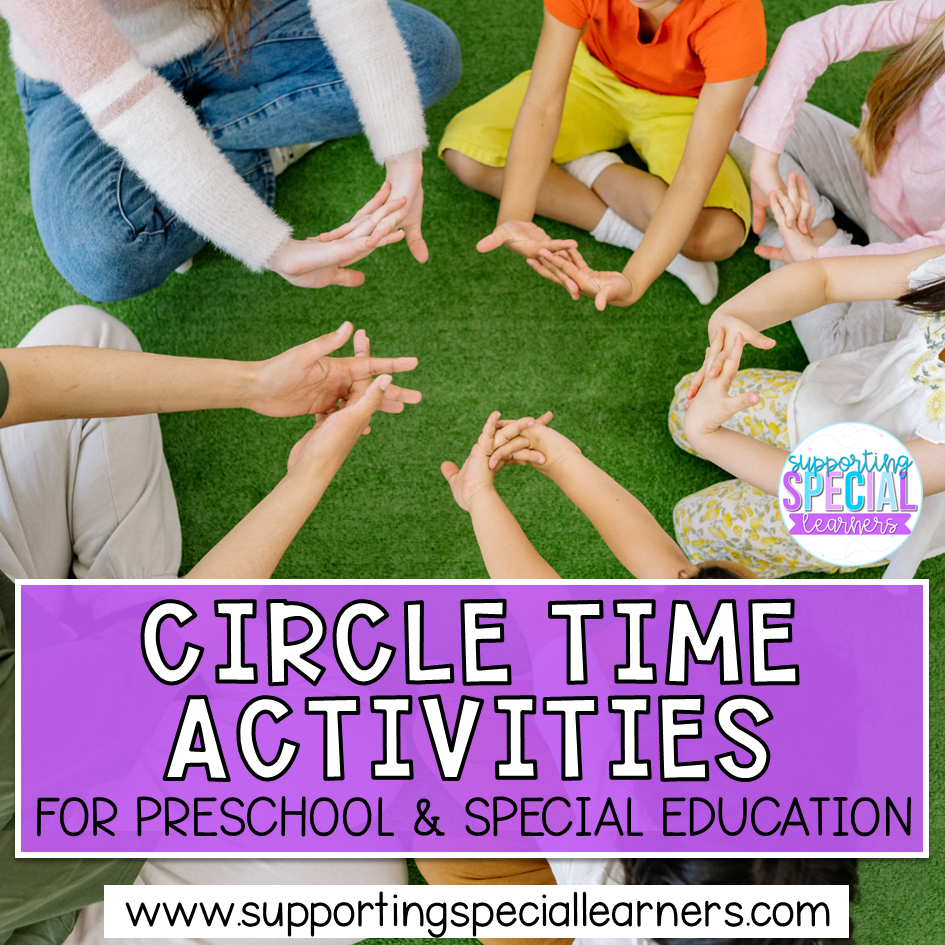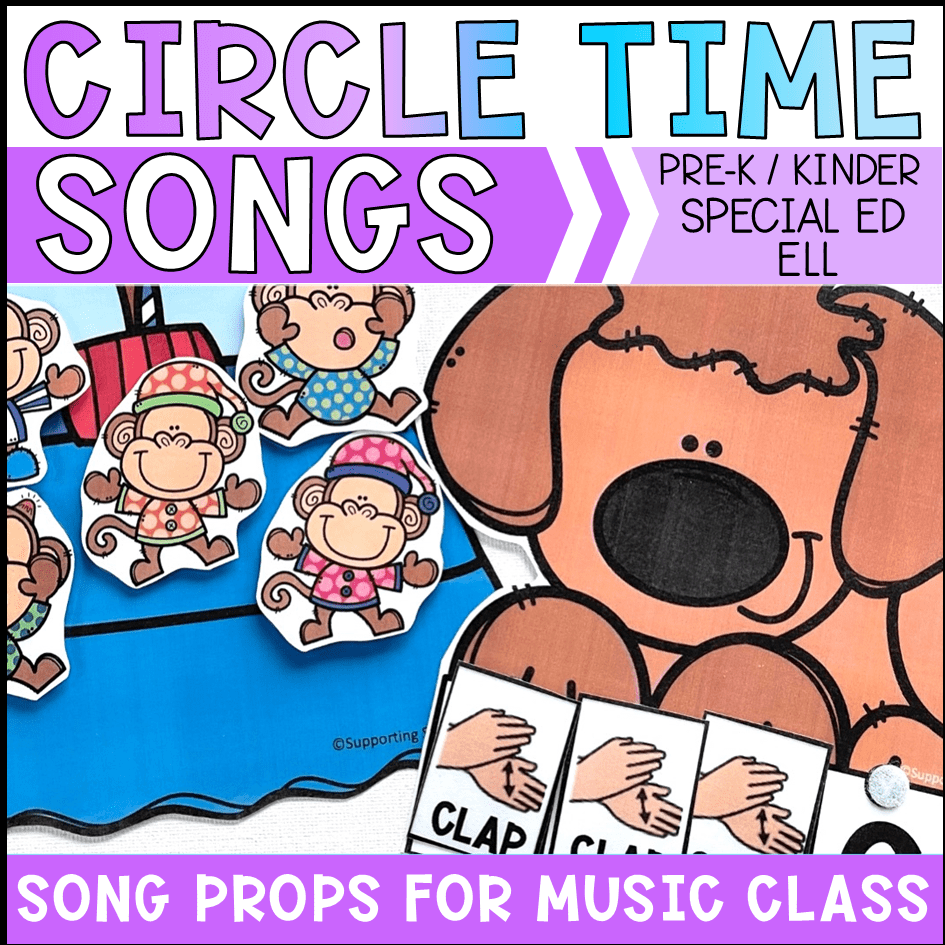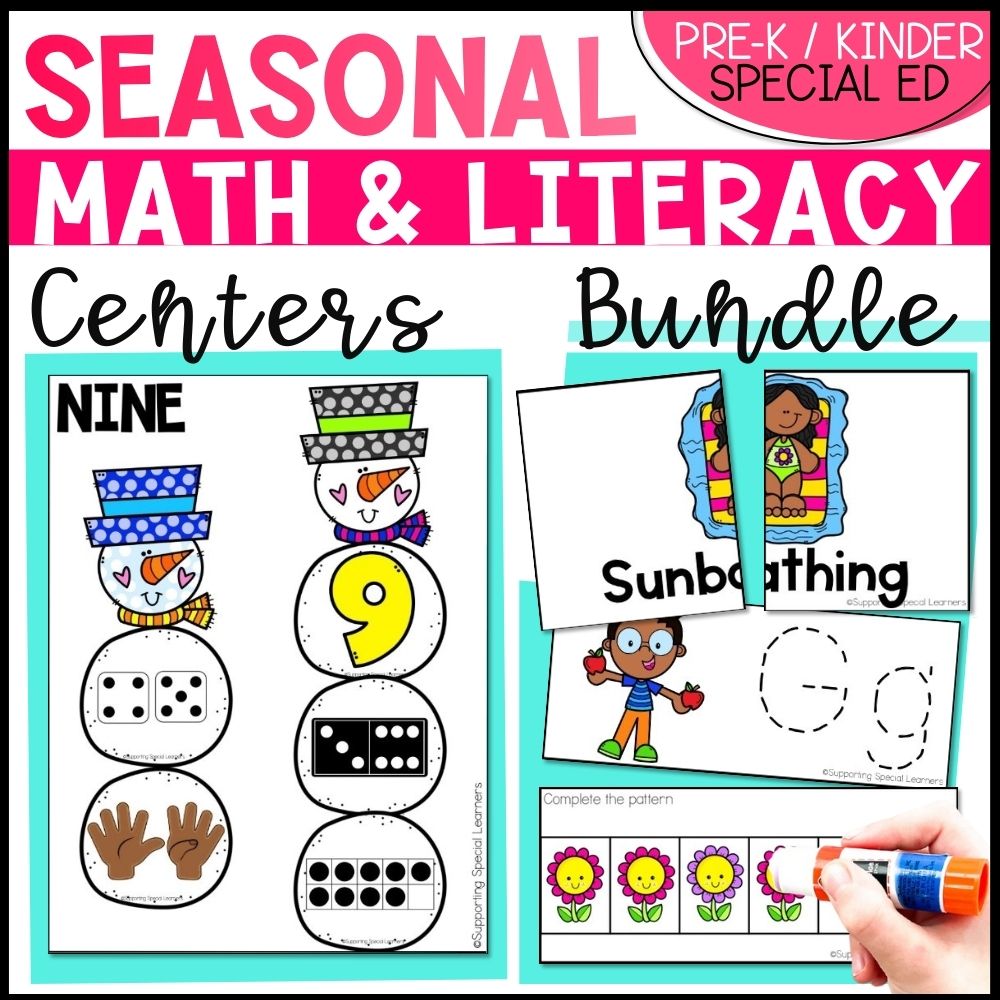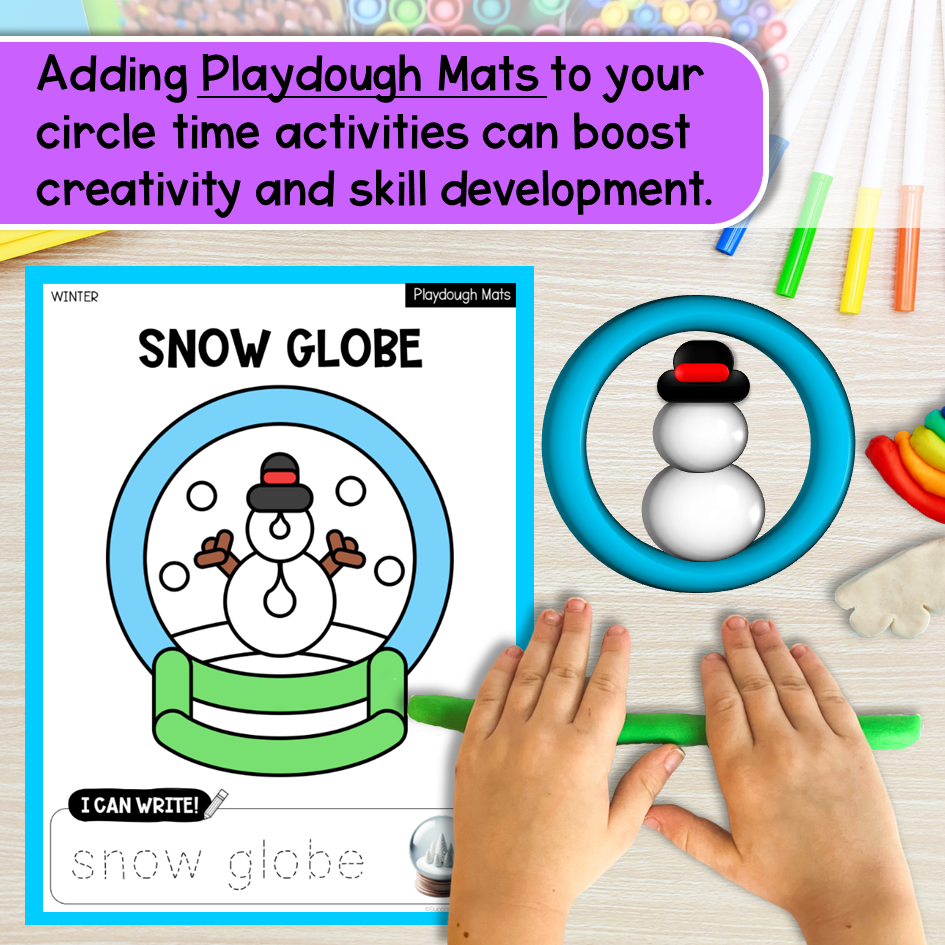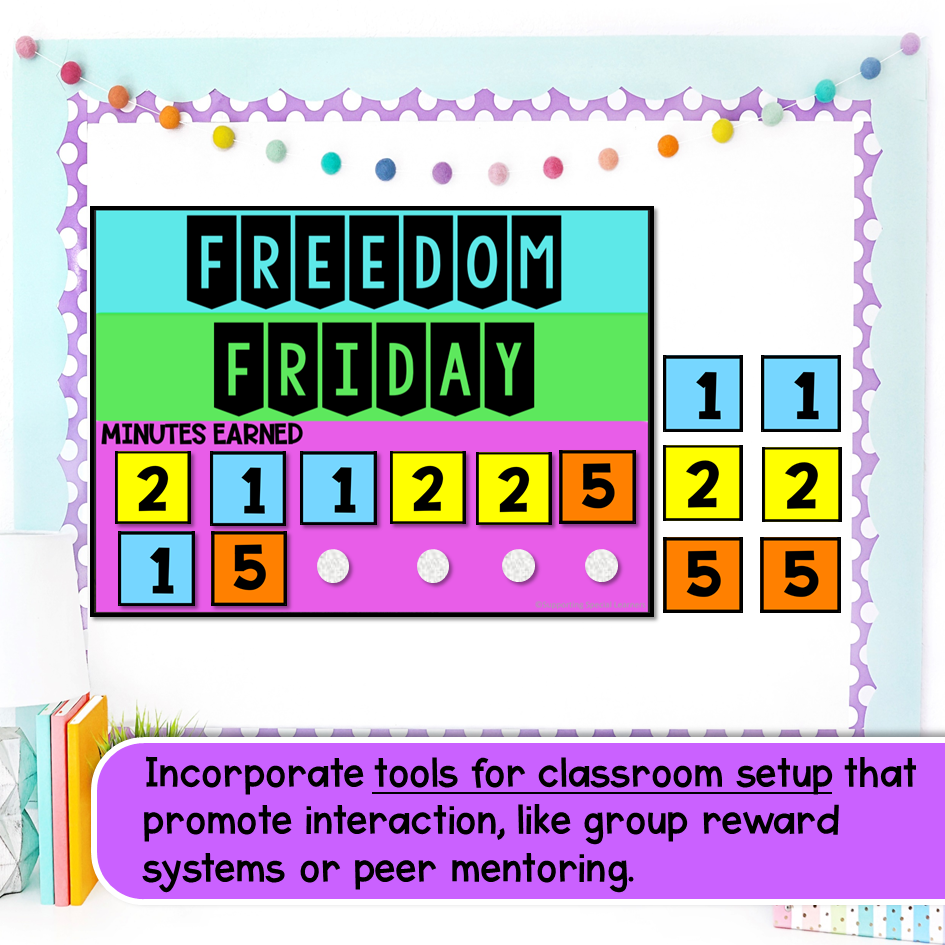- What is Circle Time?
- Benefits of Circle Time for Young Learners
- Incorporating Music and Movement
- Storytelling and Literacy Development
- Creative Arts and Crafts in Circle Time
- Implementing Sensory Activities
- Role-Playing and Dramatic Play
- Strategies for Inclusive Circle Time
- Wrapping It Up
- Frequently Asked Questions
Circle time is a special part of the day for preschool and special education classrooms. It’s when kids gather around with their teachers to learn and have fun together. This time is all about engaging activities that help young learners grow in many ways. From singing songs to playing games, circle time can be both educational and entertaining. It’s a chance for kids to connect with each other and explore new ideas in a safe and supportive setting.
Key Takeaways
- Circle time helps kids build social skills by interacting with peers.
- It’s a great way to create a sense of belonging in the classroom.
- Activities during circle time encourage kids to participate actively.
- Music and movement are fun ways to teach new concepts.
- Storytelling during circle time can boost early literacy skills.
What is Circle Time?
Understanding the Concept
Circle time is like a cozy gathering where kids sit together, often forming a circle, to share in structured group activities. It’s a special time in preschool and special education settings where children engage in songs, stories, and games. The main idea is to create a space where kids can learn, interact socially, and build a community where everyone feels included and valued.
During circle time, teachers often lead the group in activities that can include singing, storytelling, or even simple games. This helps children learn to listen, take turns, and communicate with each other. It’s also a chance for kids to express themselves and share their thoughts in a safe environment.
Circle time is a meaningful part of the day where children connect with their peers and teachers, fostering a sense of belonging and encouraging open communication.
Here’s a quick rundown of what circle time might include:
- Songs and Rhymes: These are great for teaching language and rhythm. Kids enjoy the repetition and get to practice new words.
- Storytelling: Listening to stories helps children develop their imagination and understanding of language.
- Games and Activities: Simple games can teach cooperation and following rules. They also help in developing motor skills.
Circle time is an important part of the day where teachers and children interact, bond, and learn together. It’s a time children enjoy because it combines fun with learning, making the experience feel like play.
Benefits of Circle Time for Young Learners
Enhancing Social Skills
Circle time helps young kids practice important social skills. Sitting in a circle puts everyone on the same level, making it easier to see and hear one another. Children learn to take turns speaking, listen to others, and work together during group activities. This setting provides a foundation for communication and cooperation, creating a mini social training ground.
Building a Sense of Community
During circle time, kids start to feel like they’re part of a group. They get to know each other’s names, share stories, and even make up group rules. This helps them feel included and valued, which is super important for their self-esteem. When they feel like they belong, they’re more likely to participate and enjoy their time at school. It’s a great way to make friends and learn about teamwork.
Encouraging Active Participation
Circle time isn’t just about sitting and listening. It’s about getting involved! Kids might sing songs, play games, or even act out stories. These activities keep them engaged and make learning fun. Plus, moving around helps them burn off some energy, which can make it easier for them to focus later. For example, using Circle Time Songs Music Activities can make this time even more enjoyable and inclusive. They can clap along, dance, or use simple instruments, which helps them feel like they’re a part of the action.
Incorporating Music and Movement
Using Songs to Teach Concepts
Music adds a special touch to the classroom, turning lessons into fun and memorable experiences. Songs like ‘Five Little Ducks’ and ‘The Wheels on the Bus’ support language development and social skills, making them perfect for classroom activities. Singing together keeps learning enjoyable and helps children remember what they’ve learned. Try using songs to teach numbers, letters, or even daily routines. A simple tune can make all the difference.
- Start with familiar nursery rhymes and gradually introduce new songs.
- Use hand gestures or dance moves to make the songs interactive.
- Encourage kids to create their own verses to foster creativity.
Music creates a joyful environment where children can connect and learn in meaningful ways.
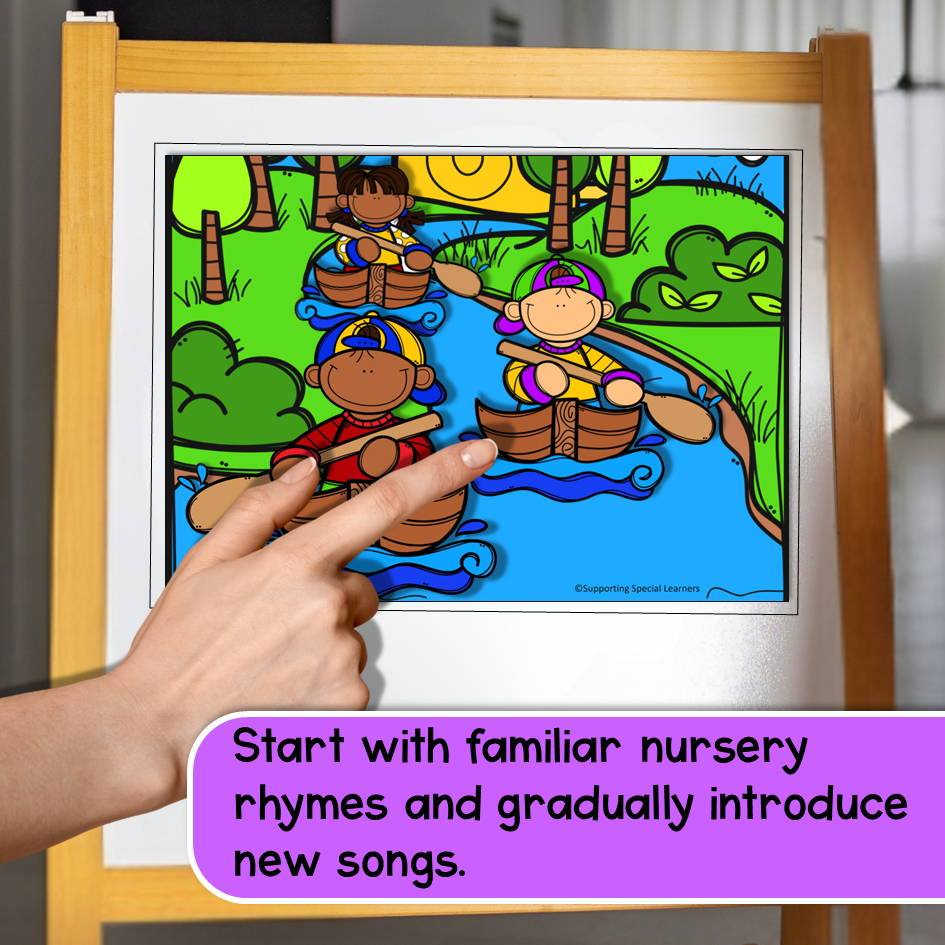
Dance Activities for Motor Skills
Dance helps kids develop motor skills and coordination while giving them the freedom to express themselves. Kids enjoy movement, and adding short dance sessions to circle time can make a big difference.
- Choose simple dance routines that match the children’s abilities.
- Incorporate props like scarves or ribbons to add variety.
- Encourage group dances to promote teamwork and cooperation.
Rhythm Games for Coordination
Rhythm games get kids moving and learning at the same time. Activities like clapping, tapping, or using simple instruments help children develop rhythm and timing. These games are enjoyable and also support hand-eye coordination.
- Start with simple clapping patterns and gradually increase complexity.
- Use rhythm sticks or drums to add excitement.
- Create a “rhythm circle” where each child adds a beat to the pattern.
Adding music and movement to circle time makes learning fun and meaningful for young learners. The Circle Time Songs Bundle offers interactive songs for preschool, kindergarten, and special education settings, bringing the joy of music to every child.
Storytelling and Literacy Development
Choosing Age-Appropriate Books
Selecting the right books for preschoolers and special education students is like picking the perfect apple from the tree. Books should be simple, engaging, and relatable. Look for stories with illustrations and repetitive text. These elements help kids follow along and predict what comes next. Consider themes that reflect their everyday experiences or introduce them to new concepts in a fun way.
Interactive Storytelling Techniques
Interactive storytelling helps kids actively participate in learning. Using props like puppets or simple costumes brings stories to life and makes them more engaging. Encourage children to join in by asking questions during the story, which supports their critical thinking skills. Adding song boards during circle time can also make the session more dynamic and inclusive.
Fostering a Love for Reading
Building a love for reading begins by making it a fun and regular activity. Create a cozy reading corner where kids can enjoy books independently. Bring stories to life by reading aloud with enthusiasm and using different voices for characters. To make the experience even more exciting, consider adding circle time holiday songs that combine music with storytelling.
Storytelling goes beyond reading words from a page. It’s about creating a world where children can explore, imagine, and learn. Adding music, movement, and interactive elements can turn each storytelling session into an unforgettable adventure.
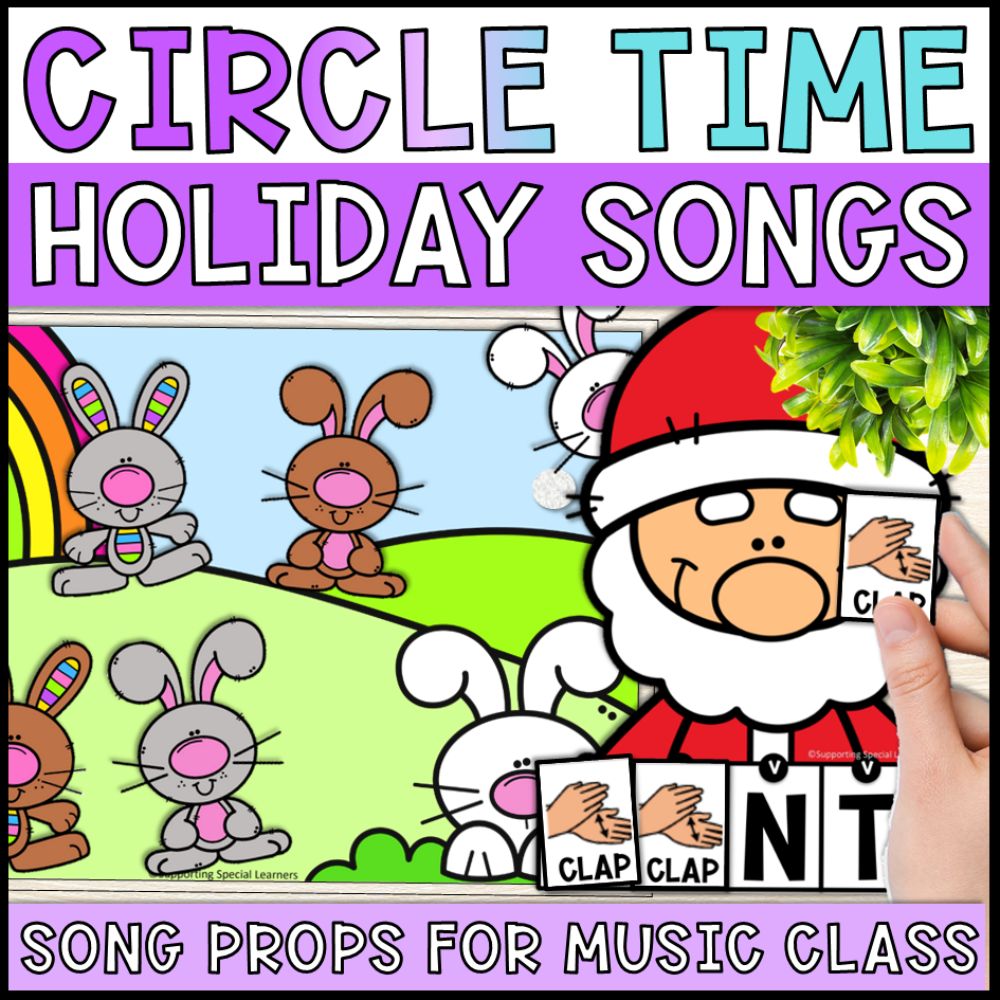
Creative Arts and Crafts in Circle Time
Simple Craft Projects for Fine Motor Skills
Crafting helps young kids build fine motor skills while having fun. Activities like threading beads, cutting with scissors, or coloring strengthen their hands and improve coordination. These projects not only teach important skills but also give kids a sense of accomplishment as they see their creations come to life.
Incorporating Seasonal Themes
Adding seasonal themes to your circle time crafts makes activities both fun and educational. Kids can learn about the changing seasons while creating projects like leaf rubbings or pumpkin paintings in autumn, and snowflake cutouts or holiday decorations in winter. Seasonal crafts are great to keep circle time exciting and connected to the time of year.
Using Art to Express Emotions
Art gives kids a way to express their emotions when words are difficult. Through drawing or painting, they can share feelings like happiness, sadness, or frustration. Encourage them to use colors and shapes to represent their emotions. This process helps them communicate and learn to understand and manage their feelings. Providing creative art activities for preschoolers offers a structured yet open-ended opportunity for children to explore their emotions through art.
Letting kids explore their creative side during circle time isn’t just about making crafts—it’s about building skills and understanding. Whether it’s through simple projects or expressive art, these activities play a big role in their development.
Implementing Sensory Activities
Sensory activities engage young learners and support skill development, especially in Math and Literacy Centers. These activities encourage children to explore their senses while learning. Here are some ideas for incorporating sensory play into circle time.
Tactile Experiences for Exploration
Creating tactile experiences is all about letting kids touch and feel different textures. You can use everyday items like sand, rice, or water beads. Set up a small station where kids can dig their hands in and explore. This hands-on approach helps children learn through direct experience, making lessons memorable.
- Use a variety of materials like cotton balls, sponges, and fabrics.
- Encourage kids to describe how each item feels.
- Rotate materials regularly to keep the experience fresh and exciting.
Visual and Auditory Stimulations
Visual and auditory stimulations can be super fun and educational. Think about using colorful lights or musical instruments to catch the kids’ attention. For instance, a simple game of identifying sounds or matching colors can be both engaging and educational.
- Flashcards with bright images can help in color recognition.
- Use a variety of sounds like bells, drums, and shakers.
- Interactive stories with sound effects can make storytelling more lively.
Calming Techniques for Focus
Sometimes, circle time can get a bit too lively. That’s when calming techniques come in handy. Simple breathing exercises or gentle music can help kids settle down. These techniques not only help in maintaining focus but also teach kids how to manage their emotions.
- Start with a short breathing exercise to relax.
- Play soft, soothing music in the background.
- Encourage kids to share how they feel after the activity.
Sensory activities play an important role in helping children connect with the world around them. Incorporating these activities into circle time allows educators to create a learning environment that supports overall child development.
Incorporating sensory activities into circle time adds excitement to learning while supporting cognitive and social development. Get creative and see how your circle time can become an engaging and meaningful experience for your students.
Role-Playing and Dramatic Play
Encouraging Imagination and Creativity
Role-playing is all about stepping into someone else’s shoes—literally or figuratively. Kids love it because they can be anyone or anything. They can pretend to be a teacher, a superhero, or even a dinosaur. This kind of play lets their imagination run wild and helps them think outside the box. It’s an easy activity that sparks creativity and encourages kids to explore different scenarios and roles.
- Dress-up boxes with different costumes
- Simple props like hats, glasses, or scarves
- Story starters or prompts to kick off the play
Developing Communication Skills
When kids engage in dramatic play, they naturally start talking to each other. They discuss roles, set up scenes, and negotiate storylines. This back-and-forth is a great way to boost their language skills. They learn new words, practice sentence structure, and improve their ability to express themselves.
- Encourage kids to describe their characters
- Have them narrate their actions
- Ask questions to expand their storytelling
Understanding Social Roles
Through role-playing, children get a glimpse into different social roles and relationships. They learn what it’s like to be a parent, a doctor, or even a chef. This helps them understand the world around them better. Plus, it’s a safe space to experiment with different behaviors and see how they fit into various roles.
Role-playing is like a mini rehearsal for real life. Kids can try out different roles and see what feels right. It’s a fun way to learn about themselves and others.
Role-playing and dramatic play are essential parts of learning, helping kids grow socially and emotionally while enjoying themselves. Adding Playdough Mats to your circle time activities can boost creativity and skill development. These mats offer tasks that complement role-playing themes perfectly.
Strategies for Inclusive Circle Time
Adapting Activities for Diverse Needs
Creating an inclusive circle time means adapting activities to fit the diverse needs of all kids in the room. Start by observing each child’s unique abilities and interests. Use adaptive tools and strategies like visuals, sign language, or simplified instructions to ensure everyone can participate. Consider breaking down activities into smaller steps or offering alternative tasks for those who need them.
- Use visuals and props to support understanding.
- Provide alternative seating options for comfort.
- Adjust the pace of activities to suit different learning speeds.
Inclusive circle time goes beyond participation. It focuses on ensuring every child feels valued and understood.
Creating an Accessible Environment
Creating a welcoming space is key to inclusive circle time. Arrange the room so every child can see and hear easily, with extra space for those who need mobility aids or more room to move. Keep materials accessible and include interactive activities to maintain interest. Make sure the environment is free of unnecessary distractions to support focus and engagement.
- Arrange seating in a circle to promote equality.
- Ensure all materials are accessible to everyone.
- Use sound and lighting adjustments to aid focus.
Promoting Peer Support and Interaction
Encouraging kids to support each other during circle time can build a strong sense of community. Pair up children to work together on tasks or have them share roles in group activities. This not only helps with social skills but also fosters teamwork. Incorporate tools for classroom setup that promote interaction, like group reward systems or peer mentoring.
- Encourage buddy systems for peer support.
- Rotate leadership roles among the children.
- Use group activities to enhance cooperation.
Circle time is an opportunity to bring everyone together, but it’s essential to ensure all students feel included. Use activities like songs or games that allow participation at different levels, making the experience enjoyable for everyone. For more ideas and resources on creating inclusive circle time, visit our website today!
Wrapping It Up
Circle time activities are like the secret sauce for preschool and special education classrooms. They bring everyone together, help kids learn new things, and add a touch of fun to the day. Whether it’s singing songs, reading stories, or playing games, these activities are a great way to start or end the day. Plus, they help kids feel like they’re part of a group, which is super important. So, next time you’re planning your day, don’t forget to include some circle time. It’s a simple way to make a big difference in the classroom.
Frequently Asked Questions
What is circle time?
Circle time is a part of the day where children come together to learn and share in a group setting. It’s a time for songs, stories, and activities that help kids develop social and learning skills.
Why is circle time important for preschoolers?
Circle time helps young children learn how to communicate, listen, and work with others. It builds a sense of community and helps them feel like they belong.
How can music be used during circle time?
Music can make learning fun during circle time. Songs can help teach numbers, letters, and other concepts. Kids can also dance and move to music, which helps with motor skills.
What types of stories are best for circle time?
For circle time, choose stories that are simple and engaging. Books with colorful pictures and interactive elements can capture children’s attention and make reading fun.
How can circle time be made inclusive for all children?
To include everyone, adapt activities to meet different needs and abilities. Use simple language, visual aids, and ensure the space is accessible for all children.
What are some calming techniques for circle time?
Calming techniques like deep breathing, soft music, or gentle stretching can help children focus and feel relaxed during circle time.

